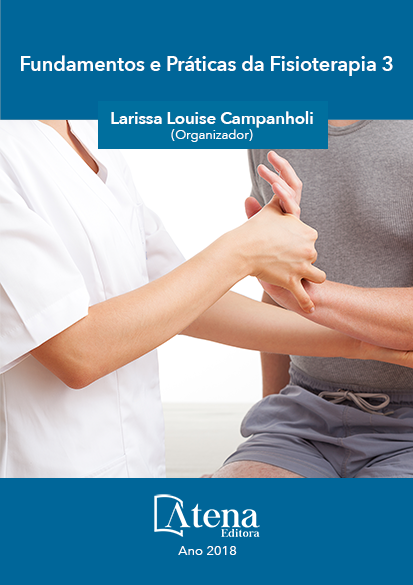
INFLUÊNCIA DO EXERCÍCIO FÍSICO NA MANUTENÇÃO DA FUNCIONALIDADE MOTORA EM PACIENTES COM ESCLEROSE LATERAL AMIOTRÓFICA (ELA) – UMA REVISÃO SISTEMÁTICA.
Objetivo: O presente trabalho teve
como foco analisar a influência do exercício físico
em pacientes com ELA, a qual se caracteriza
como uma doença neurodegenerativa, com
consequente acometimento de neurônio motor,
respiratório e bulbar. Com isso, foi considerado
o uso da escala ALS Functional Rating Scale
(ALSFRS) para analisar a progressão da
doença. Método: A revisão sistemática foi
desenvolvida de acordo com a declaração do
PRISMA, com base em artigos pesquisados
nos bancos de dados do PUBMED, Base
PEDro, Lilacs, Scielo, Science Direct e Bireme.
As buscas foram realizadas nas línguas inglesa
e portuguesa, sem filtro para a data inicial e
até abril de 2017. Resultados: A amostra
foi composta de 10 a 83 pacientes (n=139)
de ambos os sexos. Os estudos avaliaram a
funcionalidade dos tratamentos nos momentos
pré e pós intervenção (até 14 meses), entre os
grupos controle e exercício ativo resistido (1-2x/
semana;) ou aeróbio (bicicleta ergométrica; 20’;
1-2x/semana). A escala ALSFRS apresentou
maiores valores médios de score nos grupos
de intervenção vs controle (32,24 / 28,89,
respectivamente). Conclusão: O exercício
físico independentemente da sua característica
aeróbica ou resistida, demonstrou eficácia
para estabilização da progressão da ELA.
Especula-se, que níveis elevados de fator
de crescimento vascular endotelial (VEGF)
poderiam correlacionar-se com a preservação
da graduação ALSFRS.
INFLUÊNCIA DO EXERCÍCIO FÍSICO NA MANUTENÇÃO DA FUNCIONALIDADE MOTORA EM PACIENTES COM ESCLEROSE LATERAL AMIOTRÓFICA (ELA) – UMA REVISÃO SISTEMÁTICA.
-
DOI: atena
-
Palavras-chave: ELA, Esclerose Lateral Amiotrófica, Exercício, ALSFRS, Fisioterapia
-
Keywords: ALS, Amyotrophic Lateral Sclerosis, Exercise, ALSFRS, Physiotherapy
-
Abstract:
Objective: The objective
of this study was to analyze the physical
exercise in patients with ALS and to qualify a
neurodegenerative disease, with consequent
motor, respiratory and bulbar neuron
involvement. With this objective, the ALS
Functional Assessment Scale (ALSFRS) was
used to analyze the progression of the disease.
Method: The systemic review was performed
according to a PRISMA statement, based on data searched in the databases PUBMED,
PEDro Base, Lilacs, Scielo, Science Direct and Bireme. The search was performed in
English and Portuguese, with no filter for the initial data and until April 2017. Results:
The sample consisted of 10 to 83 patients (n = 139) of both sexes. This study evaluated
the effects of exercise and exercise (up to 14 months), between the control groups and
active exercise (1-2x / week) or aerobic exercise (exercise bicycle, 20 ‘, 1-2x / week).
The ALSFRS score presented the highest mean scores in the intervention vs control
groups (32.24 / 28.89, respectively). Conclusion: The physical exercise of its aerobic
or resisted integrity, demonstrated the stability for the progress of ALS. Speculating
itself, which is the vascular endothelial growth factor (VEGF) low correlate with the
preservation of the graduation ALSFRS.
-
Número de páginas: 15
- Angelica Dutra de Oliveira
- Roberto Poton Martins
- Carlos Eduardo da Silva Alves
- Beatriz Jaccoud Ribeiro


